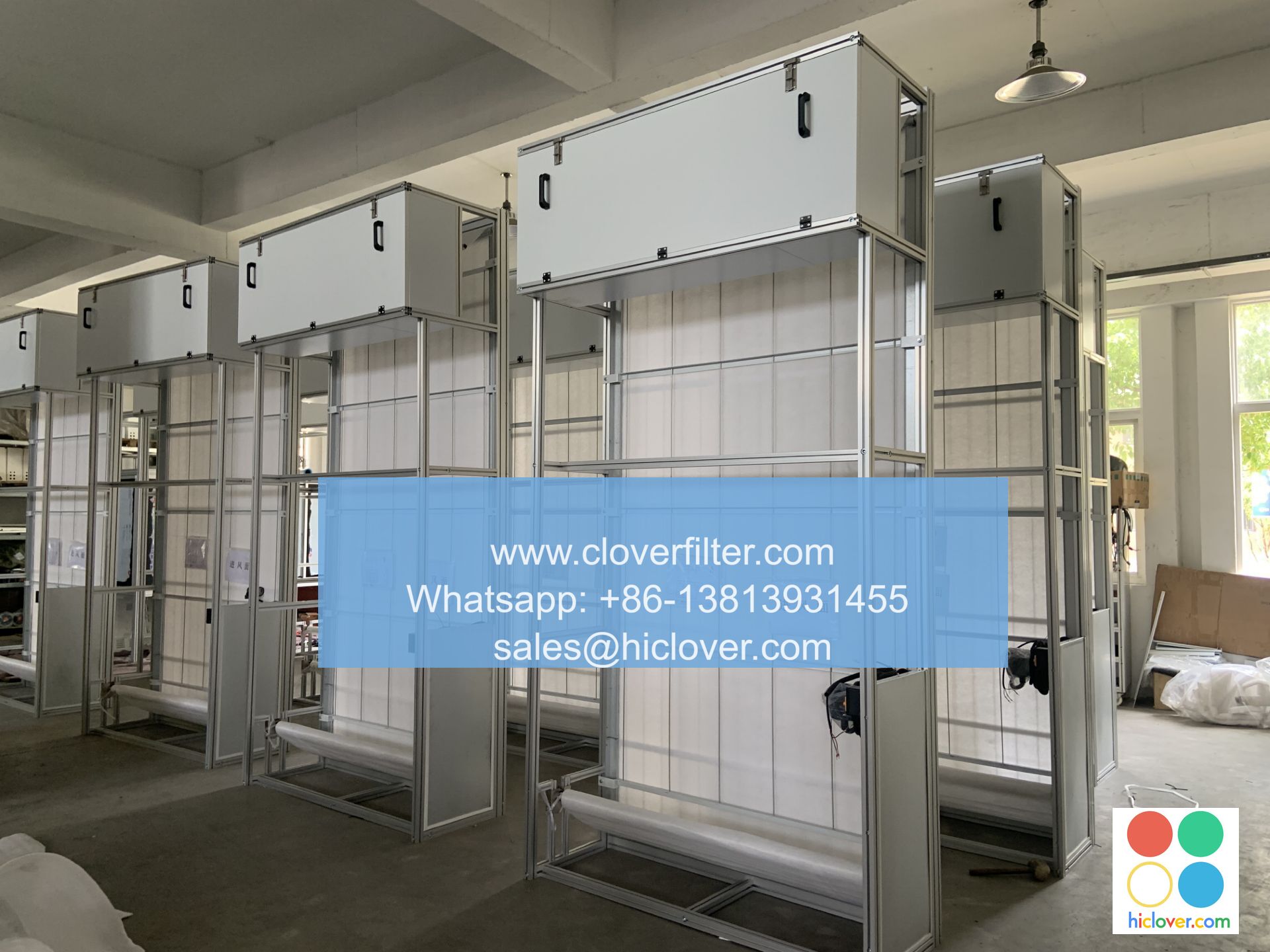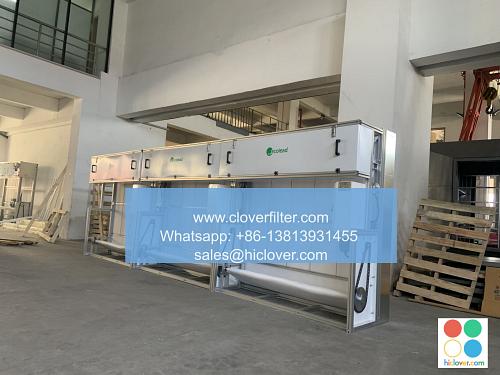The Influence of Automatic Roll Air Filters on Research Lab Airflow Dynamics

Research laboratories rely heavily on precise airflow dynamics to maintain a controlled environment, ensuring the accuracy and reliability of experimental results. One crucial component in achieving this controlled environment is the air filtration system, particularly automatic roll air filters. These filters have revolutionized the way research labs manage airflow, offering numerous benefits that contribute to the integrity of research conducted within these facilities.
Introduction to Automatic Roll Air Filters
Automatic roll air filters are designed to provide continuous, uninterrupted airflow while maintaining optimal filtration efficiency. Unlike traditional filter systems that require manual replacement, these filters automatically roll out a new section of filter media as the old section becomes saturated, ensuring consistent airflow and filtration performance. This technology has become integral in various research settings, including biological, chemical, and physical laboratories, where precise control over environmental conditions is critical.
Impact on Airflow Dynamics
The incorporation of automatic roll air filters into research lab ventilation systems significantly influences airflow dynamics. By providing a consistent level of filtration, these filters help maintain uniform airflow rates, pressures, and directions within the lab. This consistency is vital for preventing cross-contamination, ensuring temperature control, and maintaining humidity levels within narrow tolerances. Moreover, the ability to customize filtration levels according to specific research needs allows for the creation of micro-environments within larger labs, further enhancing experimental control and precision.
Application Areas
The application of automatic roll air filters is not limited to general research laboratories but extends to specialized areas, including:
– Biocontainment Laboratories: Where the filtration of airborne pathogens is critical to prevent the release of harmful microorganisms into the environment.
– Cleanrooms: Facilities that require extremely low levels of environmental pollutants, such as dust, airborne microbes, and chemical vapors.
– Chemical Laboratories: Where the filtration of chemical fumes and particles is essential for the safety of personnel and the success of chemical reactions.
– Pharmaceutical Research: The development and testing of pharmaceuticals demand precise control over environmental conditions to ensure product integrity and efficacy.
Benefits and Considerations
The use of automatic roll air filters in research labs offers several benefits, including reduced maintenance costs, enhanced filter efficiency, and improved research outcomes due to better-controlled environmental conditions. However, the selection and installation of these filters must be carefully considered, taking into account the specific requirements of the research being conducted, including the types of contaminants present, desired airflow rates, and space constraints.
Future Developments and Integration
As research laboratories continue to evolve, with increasing demands for precision, efficiency, and safety, the role of automatic roll air filters is likely to expand. Future developments may include enhanced filter media with improved efficiency against nano-scale particles, integration with smart building technologies for real-time monitoring and adjustment of airflow dynamics, and more sustainable filter designs to reduce environmental impact.
Automatic roll air filters have emerged as a critical component in managing airflow dynamics within research laboratories. Their influence extends beyond mere filtration, contributing to the overall reliability, safety, and success of research endeavors. As technology continues to advance, the integration of these filters with other innovative systems will play a pivotal role in shaping the future of research laboratories, enabling scientists to conduct experiments with unprecedented precision and control.

